- Home >
- Blog >
- barolo-wines-tips >
- How much does a Barolo cost?
As with any other appellation, there is not one price but many, and in order to determine the price there are some important aspects to consider. In addition, it is important to bear in mind that there are several distribution channels, which necessarily imply different prices for the same wine. Whether you buy your wine from the winemaker, from a retailer (wine shop, wholesaler, supermarket), in the country or abroad, in a restaurant, the wine will never be sold at the same price. For all these entities that distribute wine, the costs related to production and marketing play a fundamental role in setting the price; add to this the fact that no one works for pleasure and that each intermediary must earn a living, and you will understand a little better how prices are set. The other important point that must be emphasized and that today, in the era of globalization and international markets, is an unavoidable factor in setting the price is the reputation of the wines. With the internationalization of wine lists throughout the world, the acquisition and improvement of knowledge for both the private and professional consumer, wine has become a product that according to producers has seen its prices soar.
So why are Barolo wines expensive?
Before answering this question, it is necessary to take into account that it is not possible to make generalizations. In short, not all Barolo wines are classified as "expensive" and for those that are, it is often due to their taste quality and the know-how of the people who make them.
In the Barolo wine landscape, there is a very important notion of terroir. Terroir is a set of factors that are defined by the fact of planting a grape variety adapted to the soil of a region, an area, with a good exposure and worked by man, who brings his knowledge to sublimate the plant and what it offers. If today some terroirs are considered better than others, such as La Morra for example, it is simply because they have been classified empirically. Thanks to the history and experience of past and present winemakers, we know today that some plots are more qualitative than others. And if at the time the prices of the plots were already high, today, depending on the sector, they have skyrocketed.
Moreover, if we take into account the reputation of some wines and winemakers acquired thanks to their rigorous and quality work over the years, we understand why some Barolo wines are sold more expensive than others on the market. An essential point that should not be overlooked either, and which contributes to the evolution of prices, is the principle of supply and demand. With more and more wine lovers, guided and enlightened by professional tasters such as Robert Parker or James Suckling, consumers have become more demanding about quality. Those who produce good wines in reasonable quantities see the demand increase but not necessarily the offer. Last but not least, we think it is important to mention the work and especially the maturation of Barolo wines. As explained in the article "How Barolo is produced", the wines are often aged for a long time, completed by maturation in the bottle, which allows the wines to be put on the market when they are ready to drink. But this aging principle has a cost, since it already offers the consumer better quality wines because they are better preserved, in addition to the costs related to storage and operation. This being said, rest assured, the vineyard of this appellation being so rich in diversity, that one can find excellent price/pleasure ratios.
Discover
our Barolo wine list right hereLet's take a look at some of the Barolo vineyard wines that have an excellent price/pleasure ratio.
Barolo "Perno" Cascina del MonasteroA nice introduction for those who want to discover Nebbiolo. A nose with notes of raspberries and blackcurrants, a floral touch. A wine with a full texture and finesse on the palate.
Barolo Pio CesareA Nebbiolo in the purest tradition; long macerations with quite long maturation in barrels. Nose with notes of spices, red cherries. Round and dense structure in the mouth.
Barolo "Bricco Rocca" Cascina del MonasteroFrom the La Morra vineyard, this Barolo, which expresses itself better after several years of aging, shows us the full potential of this terroir. Blackcurrant and blackberries are revealed in the nose, a firm matter in mouth, balanced and intense.
Barolo ParussoA blend of plots from Monforte d'Alba and Castiglione Falletto, this Barolo shows the full potential of these terroirs. An elegant nose with notes of ripe fruit. Ample and well-balanced on the palate, with a fresh finish.
Barolo "Brunate", ViettiA mythical and historical parcel of the vineyard for a traditionally vinified Barolo. The nose has notes of plums and spices. In the mouth, this Barolo is intense and velvety. The tannins are fine and elegant. The finish has a good persistence with notes of licorice.
Discover our articles on Barolo:Everything you need to know about aging Barolos, Alfavin.ch explains it all!What to eat with a Barolo? Alfavin.ch tells you everything!How is Barolo produced? Alfavin.ch tells you everything!Our wines linked to this post
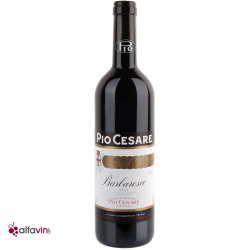
65.00 CHF
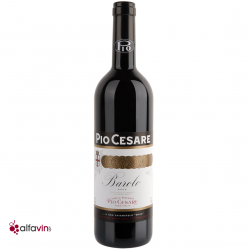
65.00 CHF
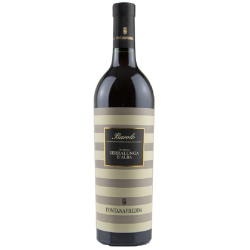
45.00 CHF
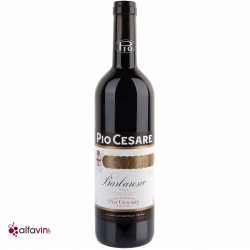
59.50 CHF
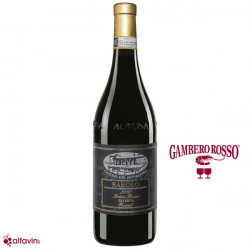
59.00 CHF
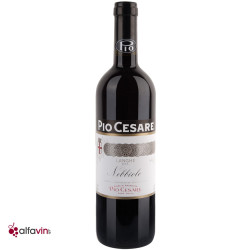
29.00 CHF












